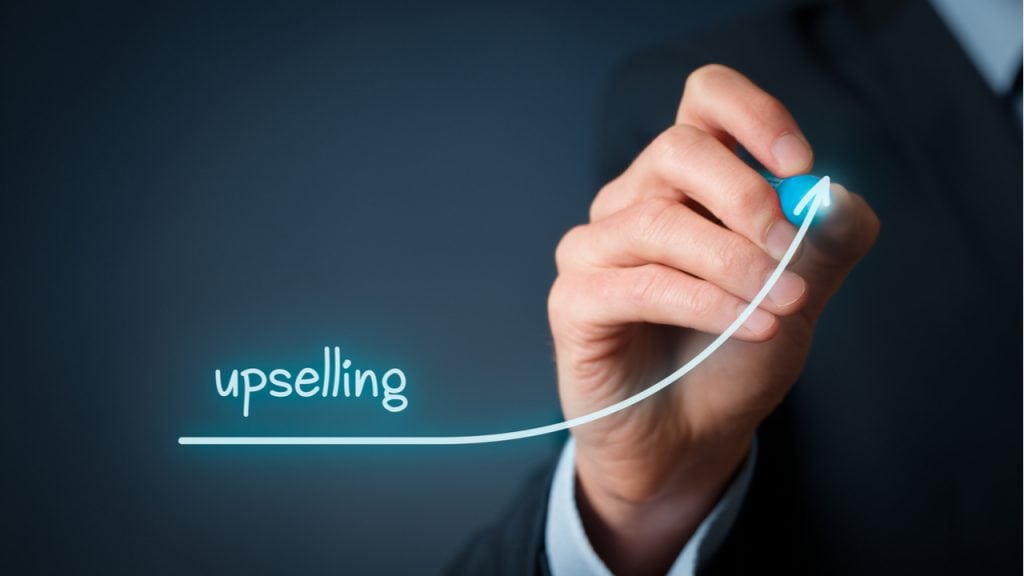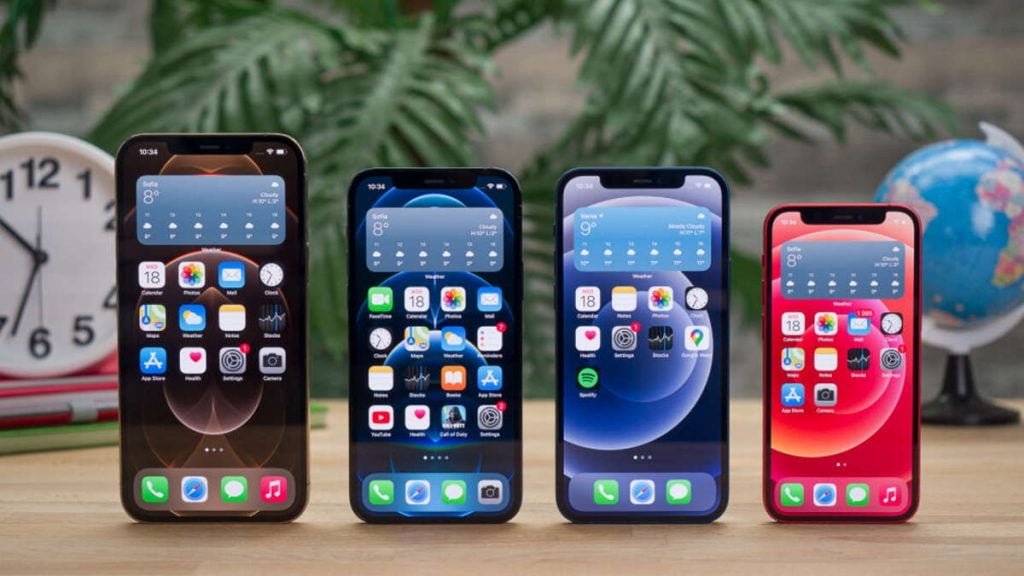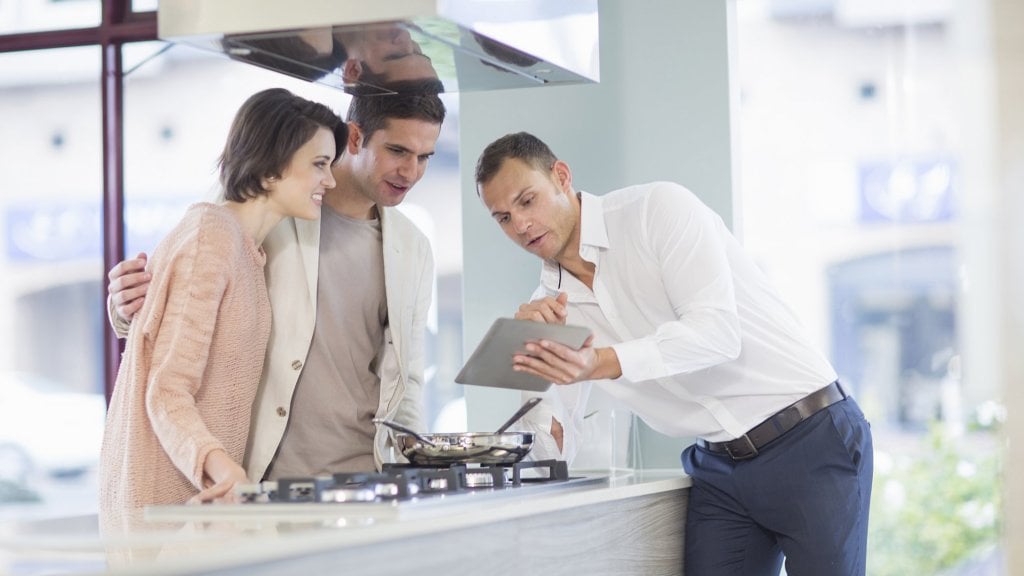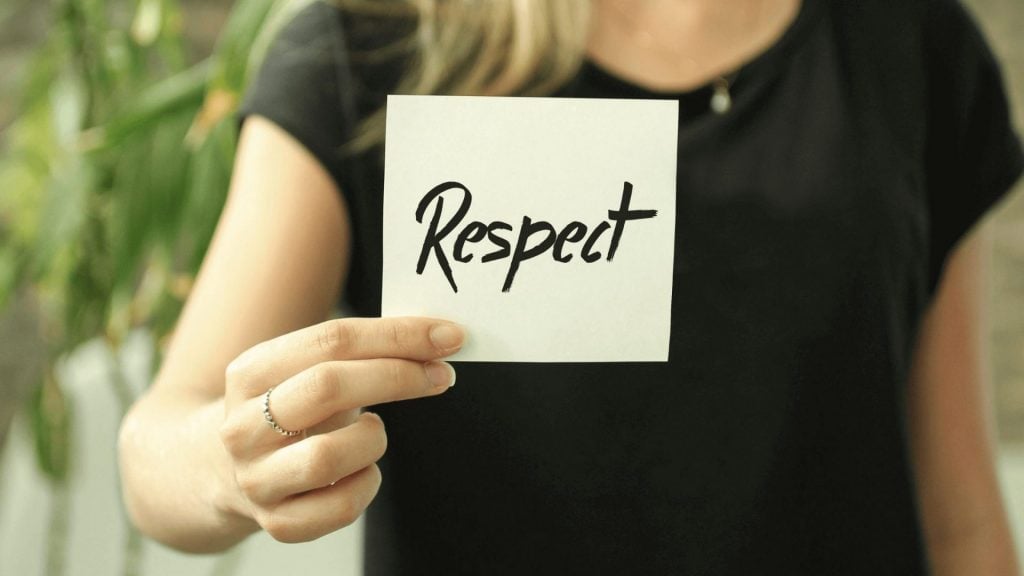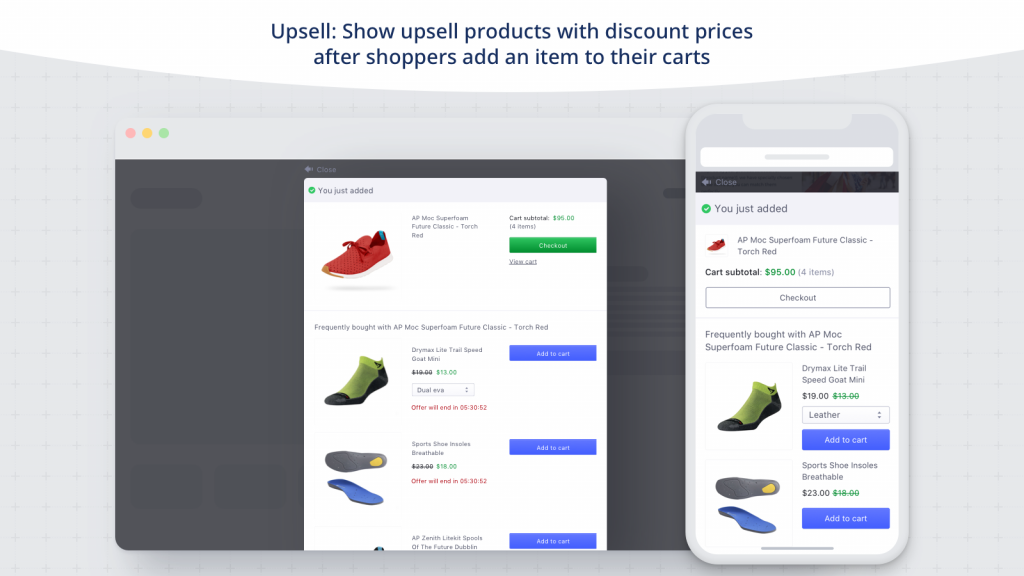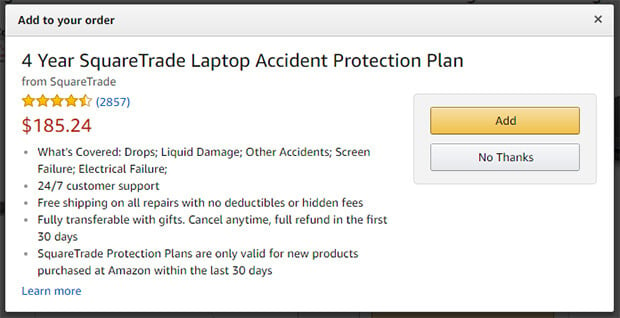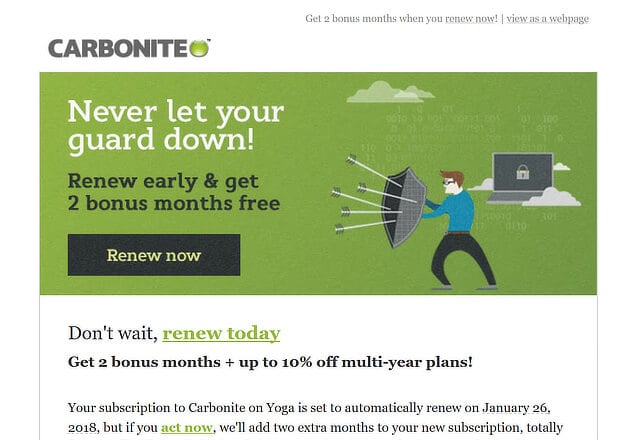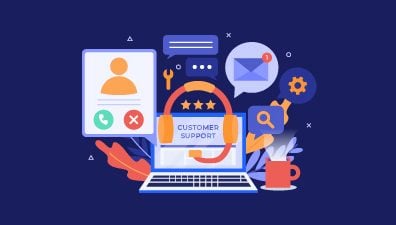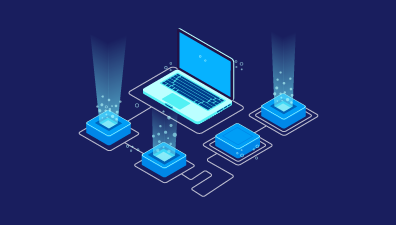Before knowing about upselling techniques, you must think that additional income is most often associated with increased advertising. However, it is only a part of the truth. Upselling in retail can help you gain more profit than just focus on advertisement. Because advertisement will cost you a lot of money, especially in the retail field.
So, how do upselling in retail? What are the techniques required? How to do it on your eCommerce website or online if you haven’t had an eCommerce website?
Everything will be solved in this article! Let’s see!
Table of Contents
What does upselling in retail mean?
Upselling in retail is the practice of getting customers to purchase a higher-priced version of the item they originally came in to buy.
Retail sales are traditionally targeted at one of two customer groups, the high-value, higher-margin group, and the low-value, higher-volume group. Upselling in retail can sometimes generate a loss for the retailer if the customer doesn’t complete the transaction.
Upselling techniques in retail are particularly prevalent in the car-buying market. Before a car purchase is complete, a retailer is more than likely to suggest additional accessories or options that were not on the initial buying list.
What is the “Rule of Three” upselling retail?
Just as you don’t want to let your customers walk out of your store with a single-item purchase, you need to use the upselling technique.
The “Rule of Three” is the practice of showing customers three items during the upselling stage:
- The one they asked for, which is your “baseline” item.
- An alternative version of the item that’s a little pricier.
- And, finally, a “dream” version of the item that’s likely out.
Let’s explore them in details
The “Baseline” item
The “baseline” item is the first item that you would introduce to your customer. It can be an existing product that your store sells or a new product. The “baseline” item must be clear. Your customers will know the name, size, price, the original product that it’s the replacement for, etc. And, in fact, a customer will have a more likely conversion if the “baseline” item matches their shopping preference.
This is a good practice to build value for your products, especially for later upselling in retail, because: Having this “baseline” item will help them become familiar with the concept of “value of the product”, “price and value”. They will be less skeptical of your pricing system.
Customers will have a shopping experience more efficient. They won’t spend time investigating the product’s name, price, and even the original product it replaces.
No “baseline” item?
If you don’t have a “baseline” item, it means you haven’t set a proper “baseline” item yet. You may have chosen a product, but it’s not clear how much it is and how much it’s worth. If you choose to show one product, try using the search bar to find your “baseline” item in your store and identify the size and price.
An alternative version of the product
After the “baseline” item, you can introduce another version of your product. This one will be pricier and be shown after the original “baseline” item. If you have a smaller number of items, you can show three of them from the original list or simply show them in an entirely different order. It can also be good to have one version for every gender, such as both a male and a female version for your product. This will help you to find customers’ gender preferences.
If the product is related to service and you want to show the customers multiple things, you can introduce your customer to a second version, or a new feature, of your service. For example, showing a free upgrade for “Basic plan” and another option for “Premium Plan”.
Sometimes, you can give them the choice between a physical product and an electronic one. It’s not as important as the first and second versions since it won’t lead to much price difference. However, you may find out that the customers are more interested in the physical option.
A “Dream” version
Finally, there will be one or two products that you introduce to your customers. It could be one of your best or best-selling products.
Upselling techniques in retail
There are some practical upselling technique for successful upselling in retail which includes:
- Emphasize your upsells.
- Bundle your products.
- Respect your customers’ budget.
- Show customers your appreciation.
- Personalization.
- Smart organization.
Let’s explore them in the details
Emphasize your upsells
A clever method to capitalize on shopping trends is to establish a “featured” wall where you highlight your upsell goods. The goal here is to figure out which products consumers are currently looking for the most, then choose your finest things in that category and give them their own area.
For example, if you see that a lot of consumers are coming in to buy coats, you can create a highlighted wall with your upsell jackets, which will catch buyers’ attention and make these goods feel “special” to them.
This method is most suited for clothes businesses, but it may also be used to other sorts of merchants, such as electronics stores.
Bundle your products
Another approach to assist your consumers to avoid choice fatigue is to bundle your products, which involves providing similar things as a package. Bundled items and services are available at a broad range of businesses, ranging from three-pair sock sets to package deals that combine TV, internet, and phone subscriptions.
One of the reasons this upselling in retail technique is so popular among merchants is that it allows you to cross-sell without appearing to pander to your customers – in most cases, you won’t have to do much more than clearly label the package as a “bargain.”
These apparent savings, along with the ease of having a pre-selected set, can go a long way toward persuading buyers to purchase the bundle rather than one or two products alone.
Respect your customers’ budget
As successful as upselling products is in increasing income from existing clients, there will be times when it is improper to do either.
If a customer expresses to you that he or she is on a tight budget and cannot afford further purchases or a more expensive version of the requested item, the best thing you can do is accept his or her preferences and stop pressing.
Even if the client does not appear to be on a tight budget, it is prudent to keep the beginning price—the price of the desired item—in mind.
Show customers your appreciation
Why not sweeten the transaction with extra advantages, no matter how adept your sales staff are at cross-selling or upselling to your customers? By giving your consumers a reason to spend more money in your business, you may improve your upselling activities and, as a result, your ATV.
One approach to encourage your consumers to purchase the upsell is to provide them with a little bonus, such as a sample of the desired product after they spend a specific amount at your business.
Personalization
As I told you, show the upsell items personalized using machine learning. Especially, if your website is an eCommerce website, personalization will increase your revenue. Some people are great at processing and presenting this kind of content in real-time. For example, Amazon can show many more things related to what a user just wants. Treating shoppers as individual customers is one of the most important ways to attract shoppers.
There many ways to create an eCommerce website. But, the important thing is you have to pick a suitable platform, such as Magento, Shopify, or WooCommerce. After you choose the right platform, you can set up all the upselling techniques in retail on your online store. However, we recommend you the Magento platform because it a high-standard platform, and everything you need for an eCommerce store is included.
Smart Organization
Another important part of the real-life strategy in retail is how you organize your upsells and cross-sell items together with the requested item. Show the additional items you want the customer to purchase alongside the requested item. If you’re upselling, you can show both the requested item and the upsell item side-by-side
This is an important step because it requires your brain to interpret things. After that, it is your job to remind the product you are selling.
Upselling examples in retail for eCommerce websites
When you look at eCommerce upsell examples, you’ll notice that there are numerous different sorts you may provide.
Version Upgrading
As previously stated, you can request that customers get a different version of a product that you are selling. It might be larger, stronger, quicker, or better — the possibilities are endless.
Product Security
Another popular online and offline upsell is the “defend your product” upsell, which encourages you to extend your warranty in order to properly safeguard your product from things going wrong. When you buy a phone, for example, you may frequently receive a screen replacement warranty.
Customization
Do you know how some websites have “customize your product” features? That’s a succession of upsells because each modification increases the price.
Service Period Extending
Instead of a tangible product, you may sometimes upsell by giving a better value for a longer contract. You may also provide higher discounts for early renewals. This is effective for SaaS products.
The bundling
Bundling is a bit of a gray area because it is both cross-selling and upselling, but if you package similar goods together and demonstrate that it is a better value, you can undoubtedly improve sales of all the items in the bundle.
Upselling in retail is easier when you have an eCommerce website
Now is the year of technology, everything is online! You can do everything on your website even applying the upselling technique in retail. Especially, it also automatically, you don’t have to worry about anything. Such as the fear of salesman when talking with the customers, or forgetting the information about the products.
You even can connect them again through email automation and manage them through customers relationship management (CRM). Furthermore, what you usually do not do at the offline store is connect and communicate with the customers after buying. Now, it is totally easy to do that! All you need to do is use customers service management software.
So, if you haven’t done anything online yet or you have done it but it is not optimized for upselling, cross-selling and other techniques, it means you have lost lots of chances to upsell products. Just contact us, we will help you with this.
If you have any questions or problems about this blog, please leave a comment so we can solve them for you.


